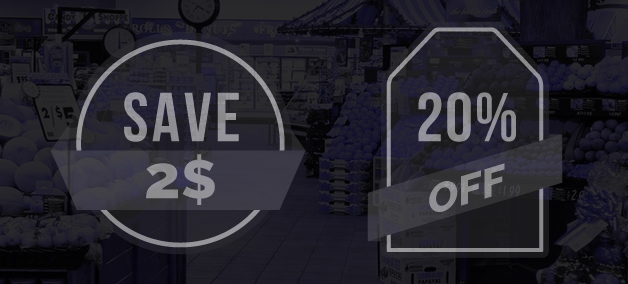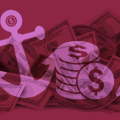Let’s face it: decisions are hard. Whether it’s choosing a product, signing up for a service, or clicking that “Buy Now” button, your users are constantly weighing their options. But what if you could gently guide them toward the decision you want them to make—without being pushy?
That’s where framing comes in. It’s not about manipulation; it’s about presenting your message in a way that resonates with your audience and makes the right choice feel like the obvious one. Ready to learn how to use framing to persuade user decisions? Let’s dive in.
What Is Framing?
Framing is all about how you present information. It’s the art of shaping the way people perceive your message by emphasizing certain aspects over others. Think of it as putting a spotlight on what matters most.
For example:
- Saying “90% fat-free” instead of “10% fat.”
- Instead of saying, “Spend $100“, you could say “Save %50”.
Both statements are true, but they frame the information in very different ways—and that makes all the difference.
Why Framing Works
Framing taps into how people think and make decisions. Here’s why it’s so powerful:
- It Reduces Decision Fatigue: By highlighting the most important information, you make it easier for users to choose.
- It Appeals to Emotions: Framing connects with how people feel, not just what they think.
- It Builds Trust: When done right, framing feels helpful, not pushy.
How to Use Framing to Persuade User Decisions
Ready to put framing to work? Here are 4 proven strategies to guide your users toward the right decision:
1. Focus on Benefits, Not Features
People don’t care about features—they care about what those features can do for them. Frame your messaging around the benefits your product or service provides.
- Example:
- Instead of: “Our software has a 99.9% uptime.”
- Say: “Never worry about downtime again—stay productive 24/7.”
2. Use Positive Framing
Humans are wired to avoid loss, but they’re also motivated by gain. Frame your offers in a way that highlights what users stand to gain, not what they’ll miss out on.
- Example:
- Instead of: “Don’t miss out on this deal.”
- Say: “Join 10,000+ happy customers and transform your workflow.”
3. Leverage Social Proof
People are influenced by what others do. Frame your product as the go-to choice by showing how others have benefited.
- Example:
- “90% of users see results within 7 days.”
- “Rated 5 stars by 1,000+ customers.”
4. Create a Sense of Urgency
Framing can also be used to nudge users to act quickly. Highlight scarcity or time-sensitive offers to create a fear of missing out (FOMO).
- Example:
- “Only 3 spots left at this price!”
- “Offer ends tonight—don’t wait!”
Real-World Examples of Framing in Action
Let’s see how framing works in practice:
Example 1: E-Commerce
- Framing: “Get 50% off—today only!” creates urgency and highlights savings.
- Result: Users are more likely to click “Buy Now” before the deal expires.
Example 2: SaaS Pricing
- Framing: “Start your free trial and see results in 7 days” focuses on the ease of getting started.
- Result: Users feel confident trying your product without commitment.
Example 3: Email Marketing
- Framing: “Last chance to claim your exclusive discount” creates FOMO (FOMO stands for “Fear of Missing Out.” It’s a psychological phenomenon where people feel anxious or worried that they might miss out on something exciting, beneficial, or valuable.).
- Result: Users are motivated to open the email and take action.
Why Framing Matters
Framing isn’t just a clever trick—it’s a way to connect with your audience on a deeper level. When done right, it:
- Makes your message more compelling.
- Builds trust and credibility.
- Guides users toward decisions that benefit both them and your business.
Ready to Start Framing?
Framing is one of the most powerful tools in your persuasion toolkit. Whether you’re crafting a landing page, writing an email, or designing a product page, these strategies can help you connect with your audience and drive results.
So, what are you waiting for? Start framing your message today and watch your conversions soar.
Pro tip: Bookmark this post for your next campaign. Your future self (and your bottom line) will thank you. 😉



